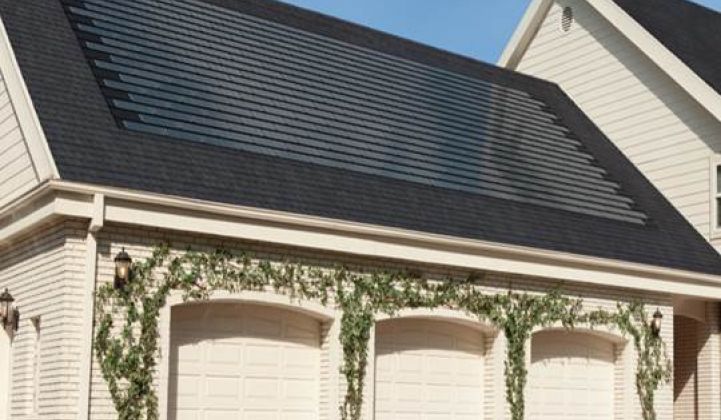For the past three years, overall customer satisfaction with utilities has been climbing steadily, according to J.D. Power and Associates.
The average bill price did not rise from 2014 to 2015, a large factor in consumers’ positive perception of utilities. Better communication was another key factor, as was a lack of major storms that could have wiped out power for weeks at a time, events which negatively impacted satisfaction ratings in 2011 and 2012.
“Utility companies are doing a better job at the fundamentals: minimizing service interruptions, communicating with customers, and improving customer service,” John Hazen, senior director of the energy practice at J.D. Power, said in a statement.
The overall satisfaction ratings amounted to a score of 668 out of a possible 1,000, a 21-point improvement from the previous year. The figure is still slightly lower than the overall satisfaction rankings for the cable and internet provider industries, which J.D. Power also tracks.
There’s still a lot more that utilities could be doing. For example, even though more utilities are reaching out to customers to inform them about outages, only about 7 percent of customers report receiving the messages, whether via phone, email or text.
Although some top utilities have invested in state-of-the-art outage management systems, many people still have to pick up the phone to tell their utility when the power is out, said Jeff Conklin, senior director of the energy practice at J.D. Power.
Limiting or eliminating outages is the biggest factor for customer satisfaction, but being proactive about identifying and communicating news once they happen is also essential. On the latter point, there is still a lot of low-hanging fruit for utilities to exploit, Conklin said.
Perhaps the most interesting finding from this year’s survey is that one-third of those consumers who have installed rooftop solar have developed a more positive opinion of their utility. That is an upside for utilities in regions where distributed solar PV is eating away at their profit margins. J.D. Power found that nearly 30 percent of the respondents are considering installing solar in the next two years; however, only about 3 percent are very seriously considering it.
The 3 percent figure is small, but in line with a similar survey conducted by SolarCity that found about 6 percent of those polled said they'd consider purchasing PV for their home in the next year. Even if the number of people actually making the move to buy solar is still relatively small, the awareness of solar is growing quickly. J.D. Power found that nearly 40 percent of people had noticed an advertisement for rooftop solar in the past six months.
There is still ample opportunity for utilities to improve the experiences of solar customers, even though they're drawing fewer kilowatts from the grid. About one-quarter of those with solar said that their utility bill was more difficult to understand than it was before they had solar. That is not a promising statistic, since most people can barely figure out their utility bill even if they don't have net metering.
In the Eastern U.S., Pennsylvania utility PPL topped the list with a score of 693. MidAmerican Energy ranked highest in the Midwest for the eighth year in a row with a score of 692; Oklahoma Gas & Electric scored highest in the South with a score of 710; and Salt River Project held on to its top spot in the West for the 14th straight year with a score of 738.



